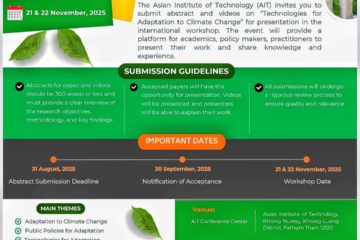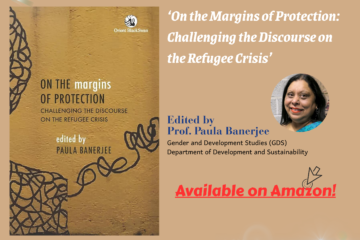On the path to climate action

Why self-reflection is critical for Bangladesh

Firdaus Ara Hussain and Mokbul Morshed Ahmad
Through the UN Climate Action Summit on September 23, 2019, UN Secretary-General António Guterres is calling upon global leaders to come to New York with concrete, realistic plans to enhance their nationally determined contributions by 2020, in line with reducing greenhouse gas emissions by 45 percent over the next decade, and to net zero emissions by 2050. Prime Minister Sheikh Hasina has responded to the call of Secretary-General Guterres, and Bangladesh will join the summit being one of the country members of Track No 6 on resilience and adaptation.
As one of the front-runners for the much-needed action to address climate change, Bangladesh has taken self-initiative to address climate change and has over the years increased its climate-relevant expenditure. In the Bangladesh climate protection and development budget report 2017-18, around 19 percent of the total budget was allocated to six key ministries which have climate change relevance which is considerable given that the country also has a national trust fund for addressing climate change.
As a preparation for the summit, Bangladesh should gather the adaptation best practices to share with the world, and it should reflect on where the delivery of adaptation falls short. In other words, we need to critically consider whether our attempt to support the most vulnerable households are helping them to adapt. Adequately utilising climate funds to reduce the impact of potential risks at the household level are essential for successful adaptation to climate change. A comparative study was conducted in the coastal region of Bangladesh to examine how households getting climate finance support are faring in comparison to households who are not receiving it. The empirical research was conducted in Galachipa Upazila of Patuakhali district, which is exposed to the effects of climate change.
Findings of the study indicated that climate finance recipient households were more involved in adaptation interventions than those who were not under the support. The assisted households had an average higher monthly income, and the majority of the households had an increase in overall assets through the support from climate finance. Furthermore, households were able to get increased access to credit from their social circle, private lenders and government. This establishes that climate finance can help in increasing access to finance to extremely vulnerable people for adaptation.
Results indicate that generally vulnerable households perceive the risk of being affected in climatic events in the future. However, analysis has shown that higher income, assets, information on climate change, social capital and financial support from different sources enhance the households’ risk assessment and encourage households to adapt for uncertainties proactively. Data from the research also showed that information on climate caused the recipient households to engage in an increased number of adaptation measures. The downside of this story remains that the data from this research made it evident that the poor and vulnerable households were bearing most of the adaptation costs from their own pockets, as climate finance provided to them for adaptation measures was mostly inadequate.
A special report by IPCC on climate change and land was launched in August 2019, which highlighted that better land management is key to tackling climate change in terms of food security, forestry and carbon sequestration, bio-energy among others, but is also not sufficient and must be coupled with an immense effort in emission reduction by governments. Land, or the lack thereof, has also been identified as one of the constraining factors to get support for adaptation by the climate finance study. A major challenge of extremely vulnerable households is that they have lost their land to natural calamities such as river erosion, flooding, storm surges or rising sea-level and now they are forced to migrate away or live on polders, embankments, khas land or on privately owned land temporarily. However, it has been frequently seen that families live on embankments for years in meagre conditions as they, especially the older generations, think they have nowhere else to go. On the other hand, often government and international support are given for housing, agriculture and gardening, which requires land as a prerequisite. So bricks and tins for housing are provided as support, but since the poor and vulnerable households do not have the land rights of where they were staying, they are unable to utilise these resources. Similarly, households which were engaged in agriculture, livestock and fisheries previously are unable to do so as they do not have agricultural land or ponds anymore. Thus, survival becomes a critical issue for them.
Coming back to the occasion for reflection, the UNSG summit prompts the Bangladesh government to share its success stories such as saline tolerant crops, which should induce the self-improvement process of removing bottlenecks in the effective delivery of climate finance support better to the poor and climate-vulnerable people of Bangladesh.
Firdaus Ara Hussain is a PhD candidate in Regional and Rural Development Planning (RRDP) at the School of Environment Resources and Development (SERD), Asian Institute of Technology (AIT), Thailand, and a climate change expert in Bangladesh.
Dr Mokbul Morshed Ahmad is an Associate Professor in Regional and Rural Development Planning (RRDP) at the School of Environment Resources and Development (SERD), Asian Institute of Technology (AIT), Thailand.
The original news: https://www.thedailystar.net/environment/news/the-path-climate-action-1789690


